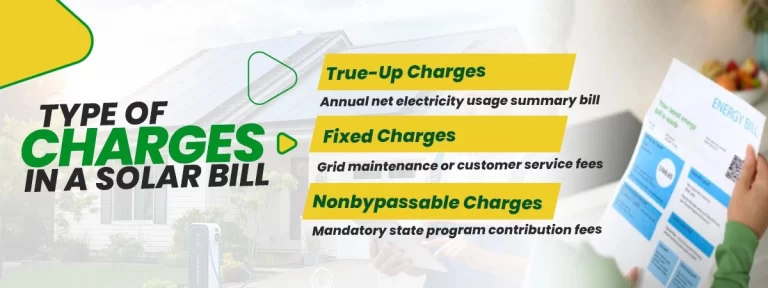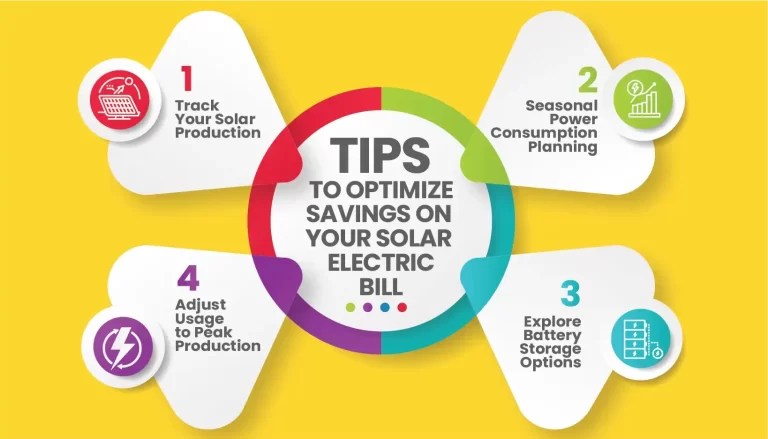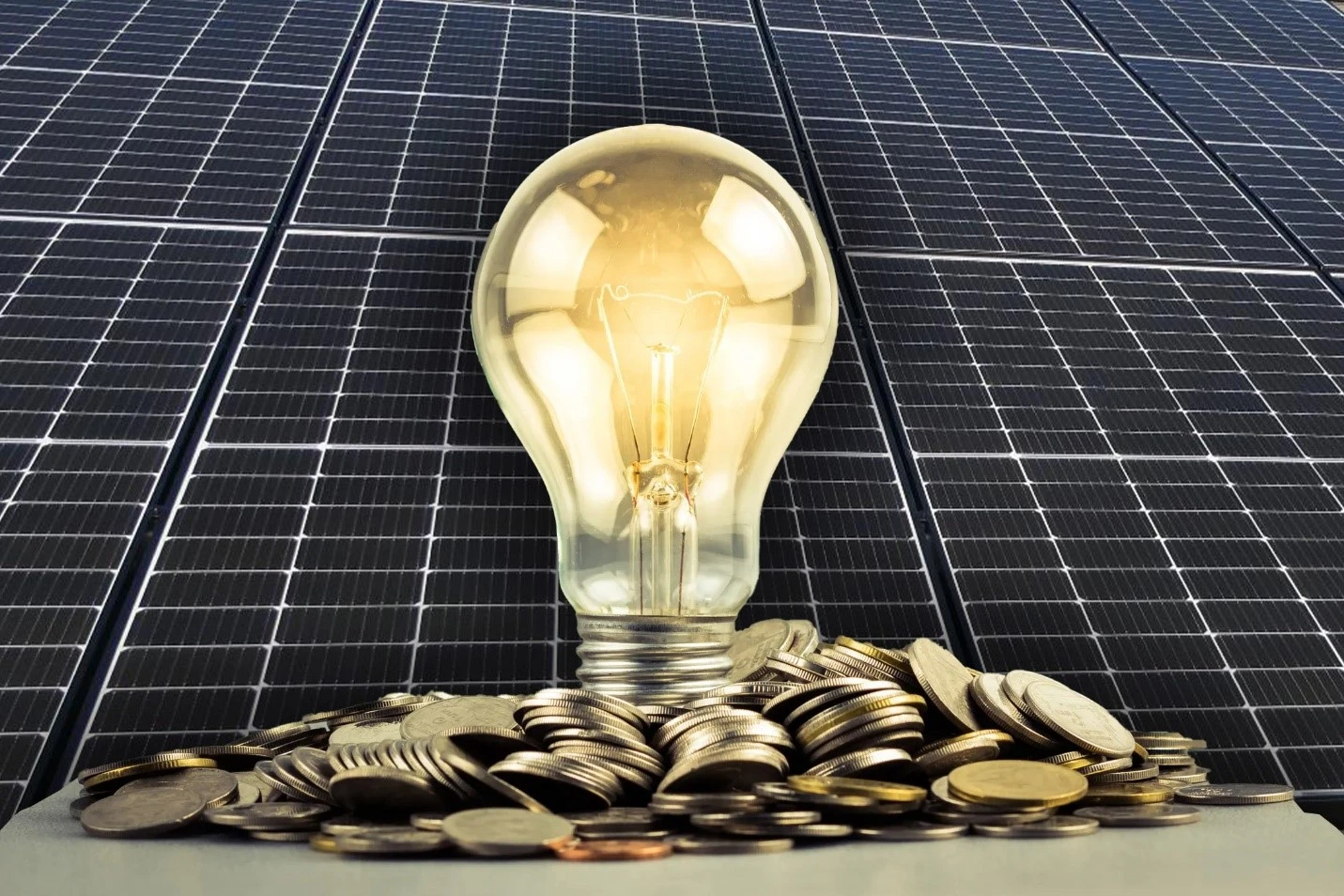- Updated On: June 20, 2025
How to Read Your Solar Electric Bill?
A Beginner’s Guide
As a new residential homeowner, you may not expect an electric bill as you are now generating power with your home solar panels. In the beginning, solar helps to lower your high energy bills up to 95% and after the solar payback period you can enjoy free electricity for the future. But you will still get an electricity bill from your utility company if you have a grid-tied solar system. However, it will be different from other users.

In this article, we will help you read your solar electric bills step by step. Also, we will share tips to optimize your energy usage and get lower bills for the future.
Do you still have an electric bill with solar panels?
It is true that you will get electricity bills both before and after your solar panels are installed and generate clean energy. Your solar production, however, will offset and replace the cost of purchasing grid electricity from your utility, so the remaining amount owed on your monthly bills will be significantly reduced, or negative.
In two ways, solar panels lower your electricity bill. First, your home is directly powered by solar energy, reducing how much electricity you buy from the utility grid. Therefore, you only need to buy 6 kWh of electricity from the grid if you need 19 kWh daily and your solar system provides 13 kWh of that total.
Second, surplus solar energy can be “exported,” or pushed, onto the electrical grid in return for credit under net metering. When your panels aren’t generating electricity, you can utilize this credit to help defray the cost of the grid electricity you buy.
How to read your electric bills after solar installation?
Aside from the significantly lower amount you will pay, the primary change to your electric bill after solar panel installation will be the addition of three new sections:
- kWh Use by Meter
- kWh Received (from Customer)
- Net Metering Summary
You can see how much you are generating and what you’re taking from the grid in these new areas.
kWh Use by Meter - kWh Delivered (to Customer)
This part will display the number of kWh you consumed from the grid (keep in mind, that this is the total quantity of energy generated by your solar system). During this billing period, for instance, you utilized 770 kWh from the grid.

kWh Received (from Customer)
This section displays the total amount of kWh that was sent to the utility grid. This is the amount of energy generated by your solar system that is not utilized on your property. States that permit net metering will swap kWh on a one-to-one basis. During this billing period, kWh of excess production will be sent back to the grid by the customer.

Net Metering kWh Summary
Additionally, a net metering bank report will also be included on your electricity statement. This part will display the new balance at the end of this billing cycle, the amount of kWh you added to the bank during the current billing cycle and the amount of kWh you rolled over from the previous billing cycle.

What type of charges are included in a solar bill?
It might be difficult to understand electric bills, and there isn’t a single example that works for everyone. However, you can learn what your electricity bill might look like after installing residential solar panels if you are familiar with the basic things like

True-Up Statements:
An official record of how much electricity you took from and sent to the grid during a given time is called a true-up statement. You will receive a true-up statement once a year if the utility company deals with net metering credits on an annual basis. The true-up bill is what your utility will charge you for any balance if the amount of electricity you used from the grid throughout the year exceeds the amount you sent to the grid. Depending on your state and utility, you can receive compensation if you generate more energy than you consume.
Fixed Charges:
Utility providers in various states impose fixed electricity rates on all of their customers. These are usually to keep the electricity grid operational for all users, including those who use solar power. Fixed charges may appear as service or customer service fees on your bill. The only option for lowering your electric bill if your utility provider has fixed charges is to generate more solar energy than you consume to balance those charges.
Nonbypassable Charges:
As the name indicates, even with solar power, these costs are unavoidable. Programs like disaster recovery, low-income customer assistance, energy efficiency, and environmental initiatives may be funded by non bypassable fees, depending on the state and utility.
How to optimize savings on your solar electric bill?
To get the most from your solar investment, consider these strategies for maximizing your savings:

1. Track Your Solar Production:
Monitor your system’s performance to ensure it meets your energy needs.
2. Adjust Usage to Peak Production:
Use appliances like washers and dryers during peak sunlight hours to minimize grid dependence.
3. Seasonal Planning:
Accumulate credits during high-production months to offset winter usage when solar output is lower.
4. Explore Battery Storage Options:
Adding a solar battery lets you store excess solar energy, reducing grid reliance further and saving more during peak rate times.
In conclusion, knowing how to read a solar electric bill is important for a homeowner as it helps to optimize your energy usage. Also, by understanding your energy bills, you can monitor how much power your solar panel generates and when you are using electricity from the grid. Accordingly, you can make decisions about energy management during peak hours to maximize savings.
With rising energy costs, now is the perfect time to switch to solar power and eliminate your bills by up to 90%. Solar SME offers affordable solutions to homeowners with flexible financing options. Get a FREE Estimate!
Related Articles:
If you are planning to go solar, the first thing you would think about will be your roof. Rooftop installations are very common – compared to ground mount.
With the installation of solar array, you can get clean energy and reduce your electricity bills. A solar array is a set of solar panels.
You may be wondering why your electric bill is so high. Well, you are not alone in this matter. Many people need help understanding how their electricity usage affects their monthly expenses.



